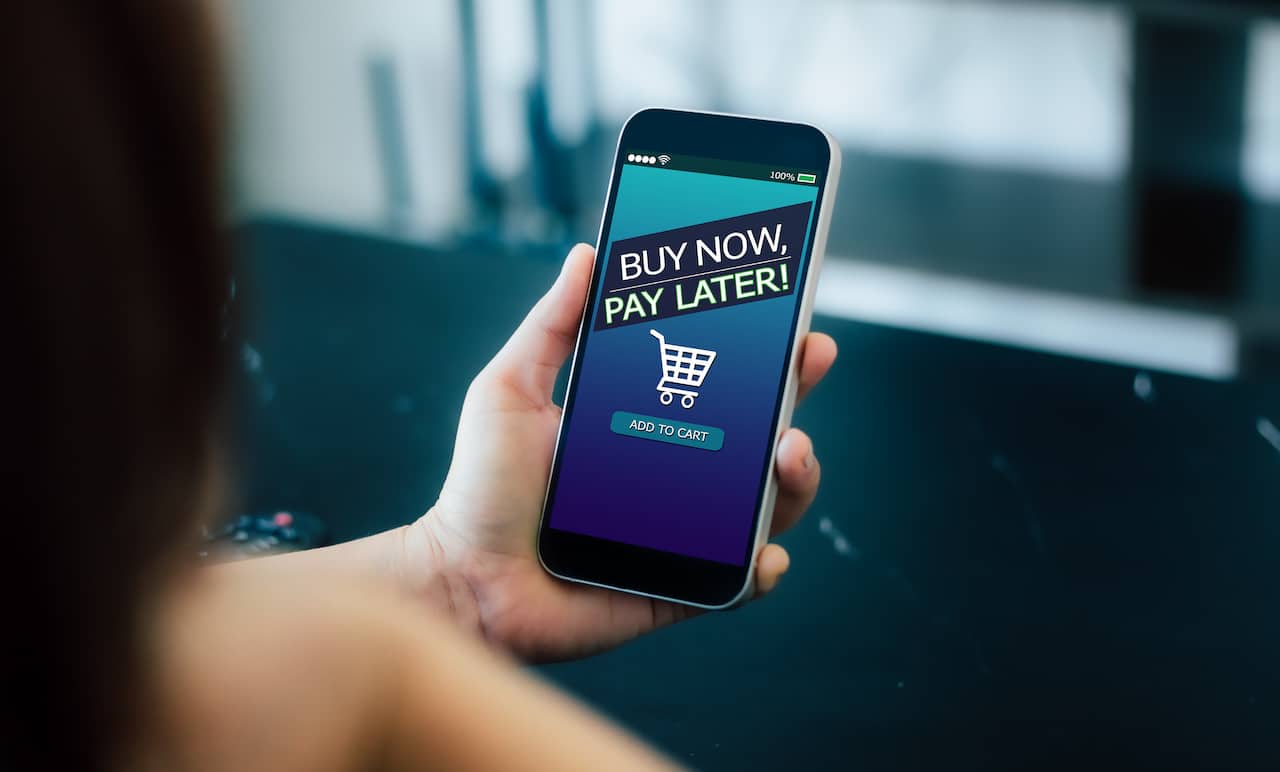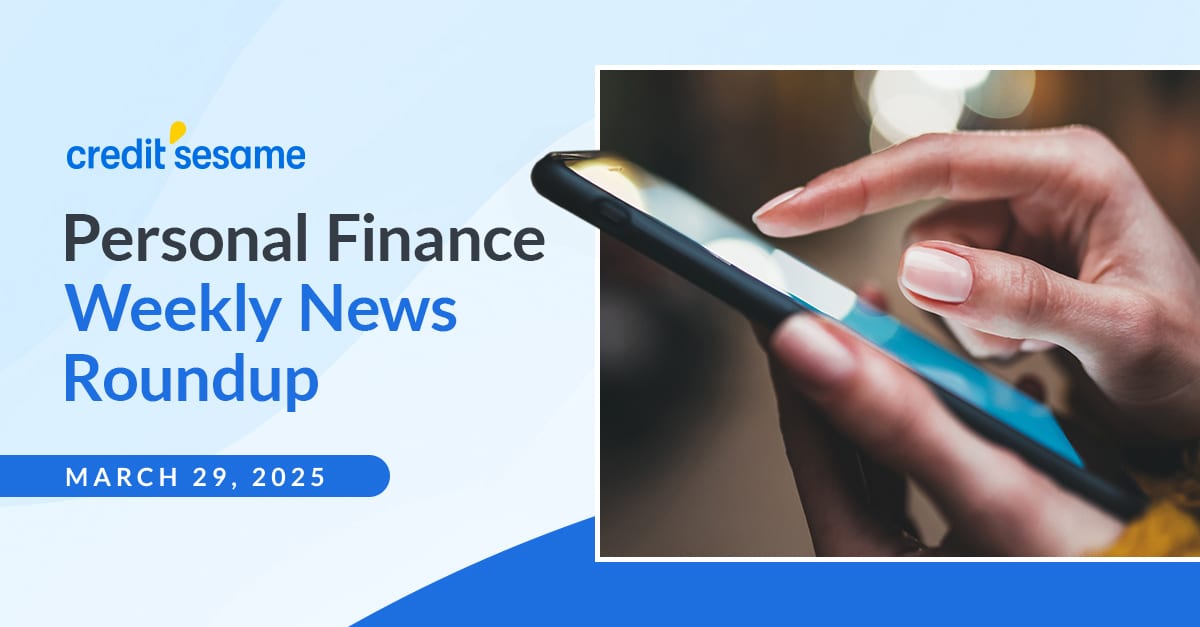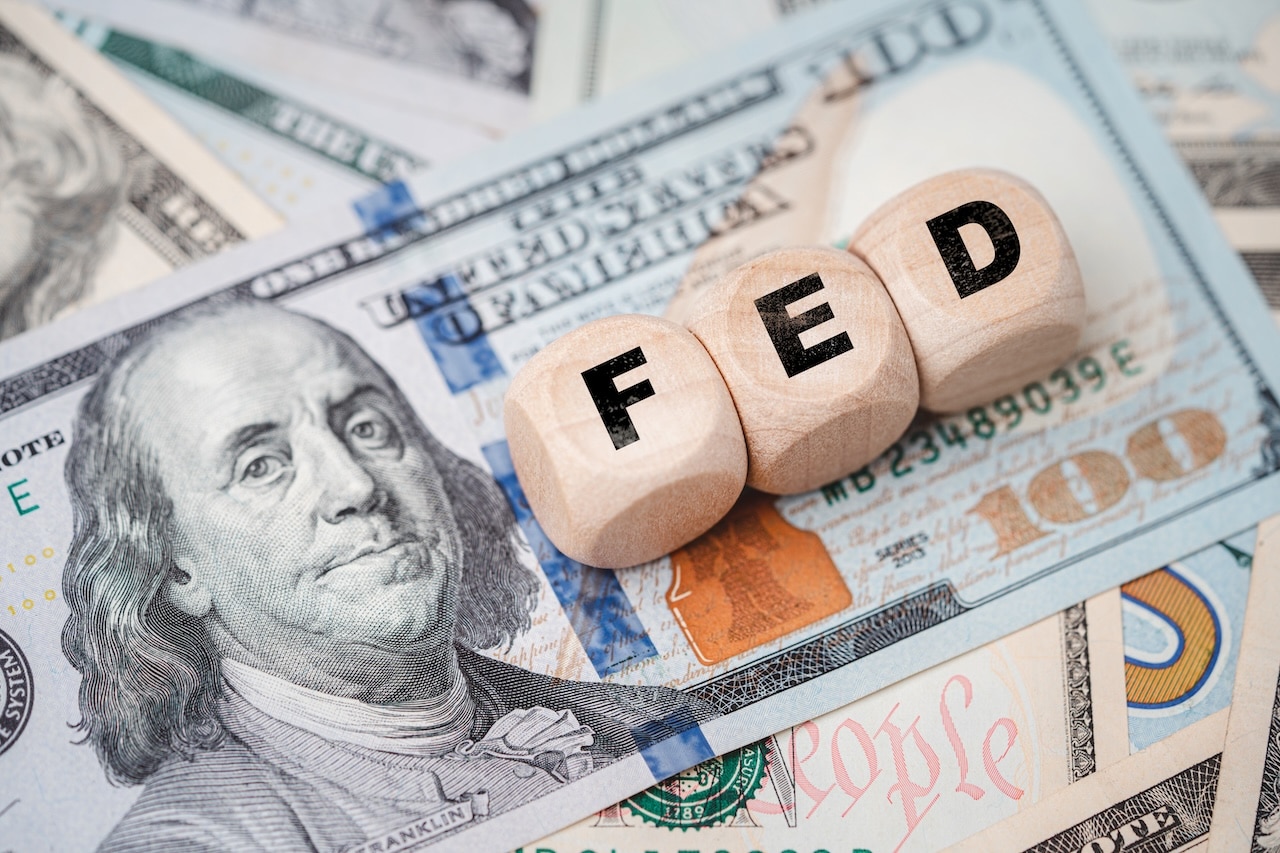Credit Sesame investigates who is using buy now pay later (BNPL).
BNPL is a form of consumer credit that has experienced rapid growth in recent years. This growth has raised questions about whether BNPL is a cost-effective payment method.
The Consumer Financial Protection Bureau (CFPB) recently released a report that sheds some light on what types of consumers use BNPL. The characteristics of BNPL users provide clues as to why people may choose BNPL. That insight may be the key to understanding when BNPL is most likely a good choice.
BNPL users have other options
The CFPB noted that its findings contradict a common misconception that people use BNPL because they they can’t get more traditional forms of credit.
Despite being generally younger than non-BNPL users and having lower credit scores, the CFPB study found that people who use BNPL are not shut out of traditional sources of credit. Just the opposite, in fact.
Compared with non-BNPL users, consumers who use BNPL are more likely to have credit card accounts, personal loans and student loans. On average, they have $13,980 in available credit on their credit cards. While this is less than the average of available credit for non-BNPL users, it’s a healthy amount ready to use.
In short, people who use BNPL do have other credit options available. This may suggest they are using BNPL by choice rather than by necessity.
Customers using buy now pay later may have financial problems
BNPL customers are likely to have other credit accounts, but they are also more likely to have poor credit scores and other financial difficulties.
Based on the CFPB’s recent study, here are some typical characteristics of BNPL users:
- BNPL users have under a quarter the non-retirement savings that non-users have.
- BNPL is most popular with people earning between $20,000 and $50,000 a year, and least popular with those earning over $200,000.
- The average credit score of BNPL users is in the sub-prime range (580 to 669). The average of non-BNPL users is in the 670 to 739 range.
- The CFPB survey found that BNPL users are more than twice as likely as non-users to have been delinquent on a credit account within the previous year.
- The median BNPL user in the survey had spent more on BNPL purchases in the previous year than they had in savings at the time of the survey.
- 27.2% more BNPL users carry revolving credit card debt than consumers who don’t use BNPL.
- BNPL users currently have credit card balances equal to about 45% of their credit limits, compared with just over 30% for non-BNPL users.
- BNPL users are more than twice as likely as non-users to have a bank overdraft.
- BNPL users are more likely than non-users to use costly, non-traditional sources of credit such as payday loans, pawn loans and auto title loans.
Which came first: BNPL or credit problems?
The survey characteristics of BNPL users paints a picture of people who use a lot of debt, have trouble keeping up with their payments and have relatively low credit scores.
That profile does not mean that BNPL is to blame for the credit problems of people who use it. For one thing, according to the CFPB many BNPL providers do not report their payments to credit bureaus.
Secondly, the people who now use BNPL already had lower credit scores than non-users even before the surge in BNPL usage in recent years. So it seems BNPL use is a symptom of credit problems, not the cause.
This raises the question of why and when people turn to BNPL as a payment option.
Traditional credit is often more expensive for BNPL users
The CFPB found that 88% of BNPL users have at least one credit card. So, why use BNPL instead?
For some, the answer may lie in their higher credit card utilization rates. BNPL users generally carry more credit card debt than non-users, and some have maxed out their credit limits.
Another reason may be cost. Since BNPL users generally have relatively low credit scores, they are likely to pay particularly high credit card interest rates. Depending on the program, BNPL may give them more time to pay off their purchases without interest or penalties than the typical credit card grace period.
So, there is some logic to choosing BNPL instead of a credit card under some circumstances, but even among people who use BNPL, it’s far from their first choice.
According to the CFPB, people who use BNPL still use their credit cards a lot more. The median sum of BNPL purchases over the year preceding the survey was $1,000. Those same BNPL users had a median credit card balance of $24,679. So, even among people who use BNPL it remains a relatively small portion of their overall credit use.
This may be because the availability of BNPL is still limited. It also may be because people who are new to BNPL are just experimenting with it a little rather than fully embracing.
When BNPL makes sense
The idea of taking time to pay for something without interest sounds appealing. However, it may be an illusion in some cases. That’s because there may be fees associated with BNPL use.
Some BNPL programs charge a transaction fee when you buy something. They may not call this interest, but it is an additional up-front cost.
Most BNPL programs charge late fees. A separate CFPB study found late fees of $7 to $8 on CFPB programs. This may sound minor, but it may be significant as a percentage because BNPL purchases tend to be for relatively small-ticket items. Also, some BNPL providers may charge multiple late fees if more than one payment deadline is missed.
Late fees pose a risk because BNPL programs usually have fairly short payment deadlines. Also, their higher rates of credit card delinquencies suggest that many BNPL users are having trouble making payments in general, and so may be more likely to encounter late fees.
So, while BNPL may seem attractive because it doesn’t charge interest, that advantage could be negated if you encounter fees.
This means BNPL may be worth trying under the following conditions:
- When the program does not charge a transaction fee on purchases
- When consumers are confident in their ability to make the required payments on time avoiding late fees
BNPL usage has expanded quickly, and last year several providers ran into financial difficulties. As a result, expect BNPL companies to revise their business models as they try to find a more profitable approach. This could mean changes to the size and nature of fees, the conditions that trigger fees and the time allowed for repayment.
As those business models change, BNPL customers may want to remain alert to how those changes affect the cost of using BNPL compared to other forms of credit.
If you enjoyed Who is using buy now pay later? you may like.
Disclaimer: The article and information provided here is for informational purposes only and is not intended as a substitute for professional advice.




















